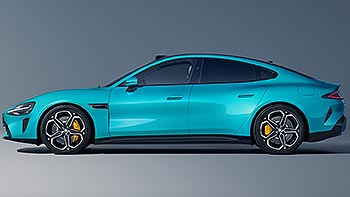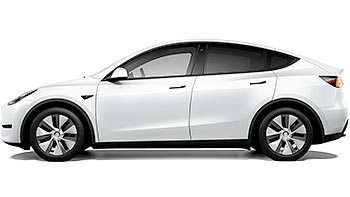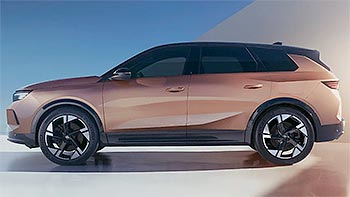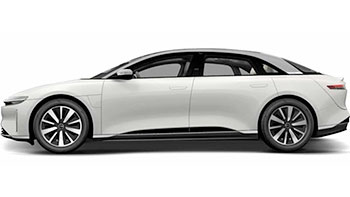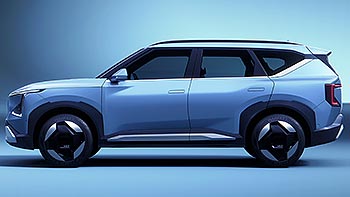Tesla is switching to 48V systems with the Cybertruck first

Believe it or not, we are still finding nuggets in Tesla’s Investor Day. The event was held on March 1 and the 4-hour long string of presentations is still delivering interesting facts that we may have missed watching it the first time.
Case in point - the humble 12 Volt on board systems. The automotive industry has been using 12 Volt since the 1960s when the majority of automakers agreed to move away from 6 Volt systems previously used. Now Tesla decided that 12 Volt simply is no longer enough and it is time for an upgrade.
It’s not the first time Tesla is messing about with the onboard electrics. Initially all Tesla vehicles were equipped with a traditional 12V lead-acid battery. Unfortunately those tend to fail on electric cars far more often than they do in the legacy cars. In the case of Tesla, its cars needed a new battery every 4 years or so.
 Tesla first replaced the humble 12V lead-acid battery with lithium-ion unit
Tesla first replaced the humble 12V lead-acid battery with lithium-ion unit
Company decided that it was time to address the issue and replaced the onboard 12V battery with a much smaller and much lighter lithium-ion unit. That changeover took place early in 2021 and it was first introduced to Model S and Model X. The Model Y and Model 3 followed later the same year. The 12V lithium-ion battery in Tesla no longer needs replacing and it should last as long as the car itself.
That was a bog change but not big enough for Tesla. The reason why the company finds the 12 Volt systems inadequate is simply - we keep adding technology to our cars and that technology draws a lot of current. That means thicker and heavier wires and more drain on the battery itself.
The answer to that problem is 48, not 42 as Hitchhiker's Guide to the Galaxy would have you think. By upping the voltage to 48 instead of 12, the current drops 4 times. That means - in theory - 4 times thinner cables. It is estimated that Model S comes with about 60 kg of wiring with a cost upwards of $1,700. If Tesla really wants to deliver 20 million electric cars a year - eventually - saving more than $1,200 per car on wiring means extra $20 billion in savings.
 This is how much current draw increased in cars over the years
This is how much current draw increased in cars over the years
The company has confirmed during the Investor Day that Cybertruck is the first Tesla to bring the 48 Volt system to a production vehicle. All the new Tesla models going forward will use the 48 Volt instead of the older 12 Volt setup. Yes, 48 Volt is still considered to be safe but it is much more painful if you decide to stick your fingers in.
Related
Reader comments
- Anonymous
It's actually 16V Li-ion battery (15.5V to be precise)
- 15 Aug 2023
- NKH
- Anonymous
> Genuinely curious , the voltage and current are directly proportional. So why would the current drop 4 times if the voltage is increased 4 times? Actually power and voltage are inversely proportional if the goal is to deliver the same amoun...
- 16 Mar 2023
- nWI
- Anonymous
Genuinely curious , the voltage and current are directly proportional. So why would the current drop 4 times if the voltage is increased 4 times?
- 13 Mar 2023
- PG1












